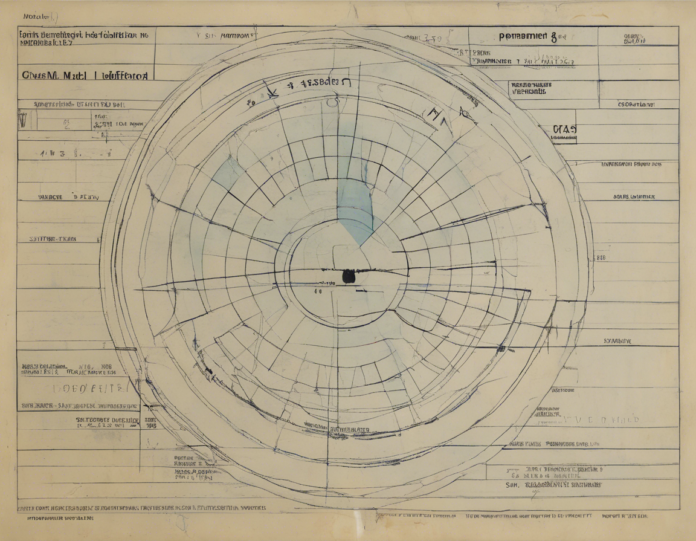Permanent identification marks, commonly known as tattoos, brands, or microchips, hold significant importance in various fields, ranging from personal identification to livestock management. These marks serve as a permanent means of distinguishing individuals from one another, aiding in tracking, monitoring, and authenticating information. In this article, we delve into the significance of permanent identification marks across different contexts.
Importance in Pet Identification
One of the most common uses of permanent identification marks is in pet identification. Microchipping, a process where a small chip is inserted under the skin of an animal, has become widely adopted as a method of permanent pet identification. This technology ensures that even if a pet loses its collar or tags, they can still be traced back to their owner through the information stored on the microchip.
Role in Livestock Management
In the agricultural sector, permanent identification marks play a crucial role in livestock management. Farmers use techniques such as branding or ear tagging to distinguish their animals from others. These marks help in keeping track of individual health records, breeding history, and ownership details, thereby contributing to efficient livestock management practices.
Legal and Forensic Applications
Permanent identification marks are also essential in legal and forensic contexts. Tattoos, for example, can serve as permanent identifying marks for individuals, aiding law enforcement agencies in investigations and identification of suspects. Additionally, in forensic anthropology, unique skeletal features or dental records act as permanent identification marks for identifying individuals in cases of mass disasters or criminal investigations.
Authentication in Art and Collectibles
In the world of art and collectibles, permanent identification marks are used to authenticate the provenance and ownership of valuable objects. Artworks often bear the artist’s signature or unique markings that act as permanent identifiers. For collectibles such as rare coins or historical artifacts, specific engravings or serial numbers serve as permanent marks to establish their authenticity and provenance.
Medical and Healthcare Purposes
Permanent identification marks are also utilized in the medical and healthcare industry for various purposes. Medical tattoos, such as those indicating blood type or allergy information, serve as permanent identifiers that are crucial during emergencies when a patient is unable to communicate. Similarly, implants like pacemakers or joint replacements have unique serial numbers that act as permanent identification marks for tracking and monitoring the patient’s health.
Ethical Considerations
While permanent identification marks offer numerous benefits, there are ethical considerations associated with their use. In the case of animals, concerns regarding pain, discomfort, or potential health risks are raised when implementing permanent marking techniques. Similarly, in the context of human identification, issues of consent, privacy, and autonomy come into play, raising questions about the ethical use of permanent identifiers.
Future Trends and Technologies
Advancements in technology are shaping the future of permanent identification marks. Biometric identifiers such as facial recognition or iris scanning are gaining prominence as secure and convenient methods of identification. Nanotechnology holds the potential for creating invisible and uniquely identifiable marks that could revolutionize fields like anti-counterfeiting measures and personal identification.
Conclusion
In conclusion, permanent identification marks play a crucial role in various aspects of society, from pet identification to forensic investigations. These marks serve as permanent identifiers that aid in tracking, monitoring, and authenticating individuals, animals, objects, and even medical information. While there are ethical considerations to navigate, the significance of permanent identification marks in enhancing security, efficiency, and authenticity cannot be understated.
Frequently Asked Questions (FAQs)
- Are permanent identification marks painful for animals or individuals?
-
The level of discomfort varies depending on the marking technique used. While some methods may cause temporary discomfort, advances in technology have led to less invasive and more humane procedures.
-
How secure are permanent identification marks in preventing theft or fraud?
-
Permanent marks like microchips or biometric identifiers are considered highly secure in preventing theft or fraud, as they provide unique and difficult-to-alter identification.
-
Can permanent identification marks be removed or altered?
-
While some marks are designed to be permanent, there are methods available to remove or alter them. However, unauthorized removal or alteration of identification marks is illegal in many cases.
-
Do all countries have regulations regarding the use of permanent identification marks?
-
Many countries have regulations and guidelines concerning the use of permanent identification marks, especially in the case of animals and human subjects, to ensure ethical and humane practices.
-
What are the benefits of using permanent identification marks in the healthcare industry?
- In healthcare, permanent identification marks help in quickly accessing critical medical information, ensuring accurate treatment during emergencies, and tracking medical devices for maintenance and monitoring purposes.

